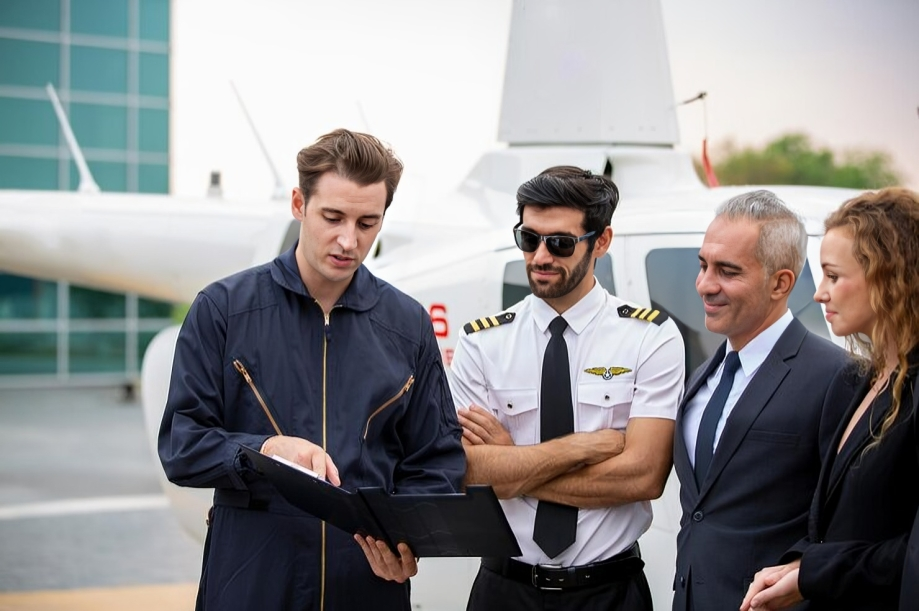Becoming a licensed pilot is a dream for many aviation enthusiasts. The idea of soaring through the skies, experiencing the freedom of flight, and exploring the world from above is undeniably appealing. However, the journey to becoming a licensed pilot requires dedication, training, and a clear understanding of the necessary qualifications. This blog post will outline the essential steps and requirements to help you prepare for takeoff.
1. Understanding the Different Types of Pilot Licenses
Before diving into the qualifications needed, it’s important to know the different types of pilot licenses available:
- Private Pilot License (PPL): This license allows you to fly for personal use, carrying passengers and cargo but not for compensation or hire. It is the most common entry-level license.
- Commercial Pilot License (CPL): A CPL enables you to be compensated for flying services. It allows you to work for airlines, charter companies, or as a flight instructor.
- Airline Transport Pilot License (ATPL): The highest level of pilot certification, the ATPL is required for those wishing to act as captains for airlines and transport companies.
Each license has specific qualifications, so it’s crucial to determine your career goals before beginning your training.
2. Educational Requirements
While there are no strict educational prerequisites for obtaining a PPL, aspiring pilots should have at least a high school diploma or equivalent. Many flight schools recommend pursuing a college degree, particularly in aviation, aeronautical science, or a related field. A higher education can provide valuable knowledge in subjects like navigation, meteorology, and aviation regulations, which are essential for a pilot’s understanding of the profession.
3. Medical Certification
A critical aspect of becoming a pilot is obtaining a medical certificate from an FAA-authorized aviation medical examiner. There are three classes of medical certificates, each with its requirements:
- First-Class: Required for airline transport pilots, it necessitates the highest health standards. You must have:
- Distant vision of 20/20 or better
- Near vision of 20/20, with or without correction
- No medical history of disqualifying conditions (e.g., substance abuse, bipolar disorder)
- Second-Class: Necessary for commercial pilots, it has slightly less stringent standards than a first-class certificate but still requires good vision and overall health.
- Third-Class: Required for private pilots, this certificate has the least strict requirements but still mandates a general health assessment.
Obtaining a medical certificate ensures that pilots can safely operate an aircraft without risking their health or the safety of others.
4. Flight Training
Flight training is the most significant aspect of becoming a licensed pilot. This training is typically conducted at an FAA-approved flight school, and it involves both ground school and in-flight training.
- Ground School: In ground school, students learn the theoretical aspects of flying, including navigation, weather, regulations, and aircraft systems. This knowledge is crucial for passing the FAA written exam.
- Flight Hours: After completing ground school, aspiring pilots must log a certain number of flight hours, which varies by license type:
- PPL: A minimum of 40 flight hours, including 20 hours of flight training and 10 hours of solo flight.
- CPL: A minimum of 250 total flight hours, including specific flight experience in various conditions.
- ATPL: A minimum of 1,500 flight hours, including time as a pilot-in-command.
Throughout flight training at a flight school in Dallas, students acquire hands-on experience with the support of a certified flight instructor (CFI). This practical instruction is essential for cultivating the skills needed to operate an aircraft safely.
5. Passing the Exams
To obtain a pilot license, you must pass both a written knowledge test and a practical flying test (checkride).
- Written Exam: This computer-based exam tests your understanding of aerodynamics, navigation, meteorology, and regulations. Study guides and practice exams can help you prepare effectively.
- Checkride: The checkride is the final test where you demonstrate your flying skills and knowledge to an FAA examiner. It typically includes an oral examination followed by a practical flying portion where you’ll perform various maneuvers and scenarios.
6. Continuous Learning and Experience
Becoming a pilot is not the end of your learning journey; it’s just the beginning. Pilots must engage in continuous education and training to maintain their skills and stay updated on regulations and procedures. This may include attending refresher courses, accumulating flight hours, and obtaining additional ratings or endorsements (such as instrument ratings or multi-engine ratings) to enhance their flying capabilities.
In Conclusion
Becoming a licensed pilot is an exciting and rewarding journey that requires commitment, training, and a thorough understanding of aviation principles. By understanding the different types of licenses, meeting educational and medical requirements, completing flight training, and passing necessary exams, you can prepare for a successful aviation career. So, if you’re ready for takeoff, start planning your flight path today, and who knows? You may soon find yourself navigating the skies!

